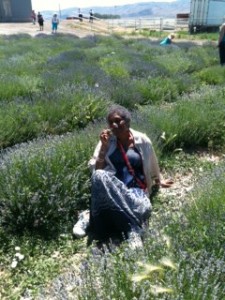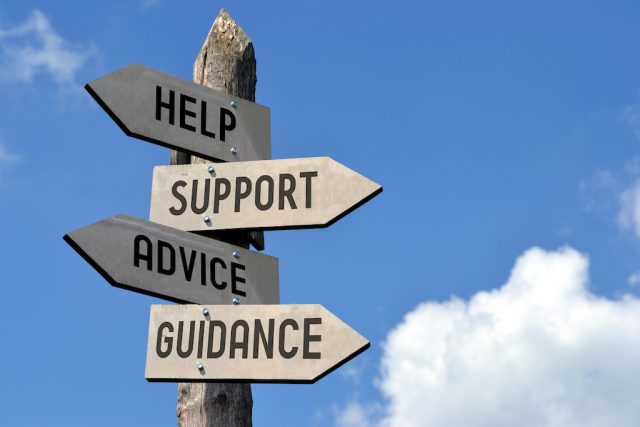Therapeutic Oils
- 26
- Jun
Have to be PURE; They Have to be GENUINE
Therapeutic oils are any essential or aromatic oils used for therapy, that is, those identified as aids to treating the mental, emotional or physical issues a person may have. Interestingly, the global standards for essential oils, no matter their use, have until recently been set by a group of European engineers, scientists, chemists and others who formed AFNOR, or the Association Française de Normalisation (French association for normalization and regulation).
And these standards were really set for the perfume and flavorings industries.
When shopping look for purity, excellence, company history, then the best price. Much of this is changing, and some background is important to consider. The field of aromatherapy was named by a French cosmetic chemist, Rene-Maurice Gattefosse’, who discovered the healing properties of lavender 100 years ago in 1910. He and a small gro

Smelling lavender in a lavender field.
up of scientists had already been studying the oils. A laboratory explosion badly burned his hands.
He later wrote, Both my hands were covered with rapidly developing gas gangrene; just one rinse with lavender essence stopped the gasification of the tissue. This treatment was followed by profuse sweating and healing which began the next day.
Gattefosse’ shared his findings with a medical doctor, Jean Valnet, of Paris, who used essential oils to treat the wounds of soldiers during World War II.
The The spread and popularity of essential oils prompted the formation of the International Standards Organization or ISO, which adopted parameters set by AFNOR to maintain the quality of essential oils so they perform as they did for Drs. Gattefosse and Valnet.
To date the U.S. has not set its own standards, but looks to the world leader in the field, D. Gary Young, as the standard bearer for quality, purity and potency in medicinal care.
Standards are critical to determining which oils have the correct balance of chemical constituents for optimum health value. According to the Essential Oils Desk Reference, if some constituents are too high or too low, the oils cannot be certified. Numerous variables affect quality, the part of the plant from which an oil is produced, soil condition, fertilizer (organic or chemical), geographical region, climate, altitude, harvesting methods and distillation processes.
Adulteration is such a major concern that every batch of essential oil really ought to be tested by highly training independent laboratories using AFNOR and/or ISO standards, at least. Oils that do not meet the standards should be rejected and returned. Yet many oils companies grab these ineffective oils and market them to health food stores and MLM companies, often stretching them with fillers and putting the health of people at risk.
Both lavender and frankincense are commonly adulterated oils. Much of the lavender sold in the U.S. today is the hybrid lavandin, grown in Russia, China, France and Tasmania, then cut with synthetic linalyl acetate to improve the fragrance. Also added are propylene glycol, DEP or DOP (solvents that have no smell and increase the volume). These are then sold in the U.S. as lavender oil. And at $7-$10 a half-ounce, you may think you’ve gotten a real bargain for this lavender from the local pharmacy or health food store.
In France, production of true lavender oil (lavandula angustifolia) dropped from 87 tons in 1967 to only 12 tons in 1998. During the same period the worldwide demand for lavender oil grew over 100 percent. So where did essential oil marketers obtain enough lavender to meet the demand? They probably used a combination of synthetic and adulterated oils, to the detriment of you, the consumer.
The bottom line is you must be sure of the quality of oils you purchase, and of the integrity of the company who “manufactured” and brought those oils to market. The therapy usage is baseless unless the stated and actualized company purpose is to align each plant or resin derived oil with the body’s own ability to heal itself.
Essential oils have maximum value when production (and blend formulation) are based on potency guaranteed by optimum harvesting, distillation and sealing for the marektplace.





